Corpus Christi Blog
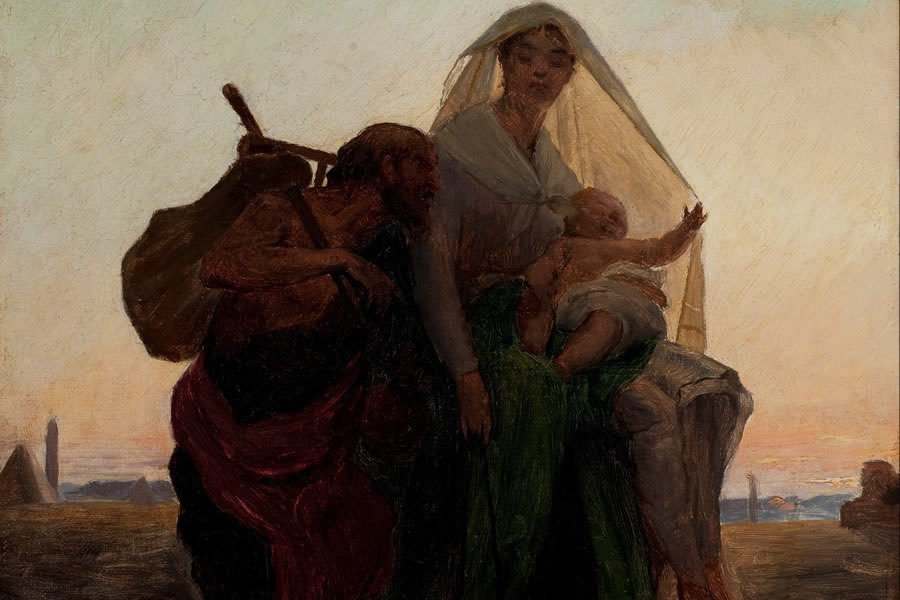
The Second Dream of St. Joseph
04-25-2021Weekly ReflectionJen Arnold, M.A. in Theology and CatecheticsThe second dream of Joseph can be found in Matthew 2:13-15: When they [the magi] had departed, behold, the angel of the Lord appeared to Joseph in a dream and said, “Rise, take the child and his mother, flee to Egypt and stay there until I tell you. Herod is going to search for the child to destroy him.” Joseph rose and took the child and his mother by night and departed for Egypt. He stayed there until the death of Herod, that what the Lord said through the prophet might be fulfilled, “Out of Egypt I called my son.”
READ MORE
The First Dream of St. Joseph
04-18-2021Weekly ReflectionJen Arnold, M.A. in Theology and CatecheticsSince this year is has been declared the year of St. Joseph by Pope Francis, we will have a four week series reflecting on the four dreams of St. Joseph.
Joseph’s first dream is recorded in Mathew 1:18-24:
Now this is how the birth of Jesus Christ came about. When his mother Mary was betrothed to Joseph, but before they lived together, she was found with child through the Holy Spirit. Joseph her husband, since he was a righteous man, yet unwilling to expose her to shame, decided to divorce her quietly. Such was his intention when, behold, the angel of the Lord appeared to him in a dream and said, “Joseph, son of David, do not be afraid to take Mary your wife into your home. For it is through the Holy Spirit that this child has been conceived in her. She will bear a son and you are to name him Jesus, because he will save his people from their sins.” All this took place to fulfill what the Lord had said through the prophet: “Behold, the virgin shall be with child and bear a son, and they shall name him Emmanuel,” which means “God is with us.” When Joseph awoke, he did as the angel of the Lord had commanded him and took his wife into his home.

Divine Mercy
04-11-2021Weekly ReflectionJen Arnold, M.A. in Theology and CatecheticsThis weekend we celebrate Divine Mercy Sunday, which is devoted to an emphasis on the infinite mercy we continually receive from our loving Father in Heaven. As fallen humans, we have so much need for this divine mercy. Fortunately for us,the font from which it flows is bottomless. However, it is not enough for Jesus to simply pour His mercy over us. We must respond to that mercy with gratitude and a willingness to amend our lives of sin and grow in virtue. The gift is empty and meaningless if we do not use it as it is intended to be used.
READ MORE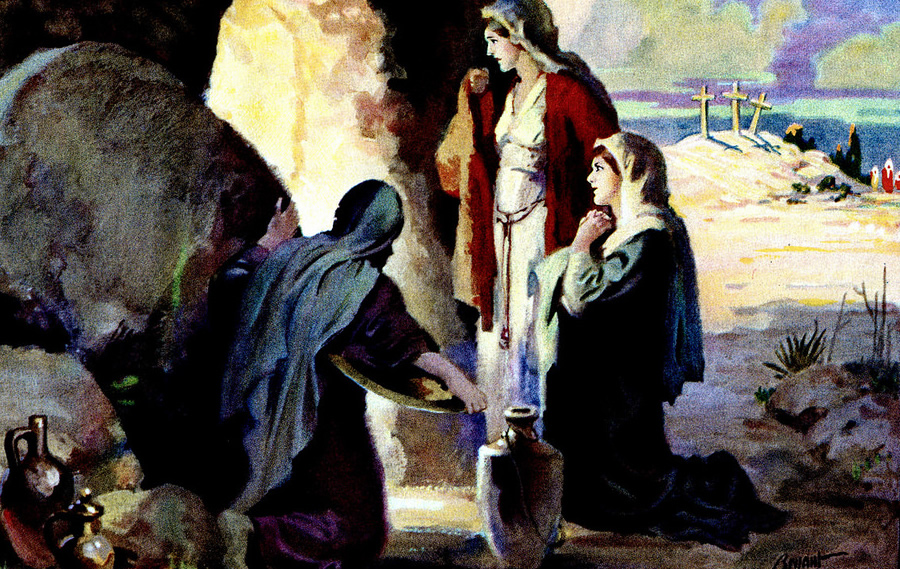
The Resurrection of the Lord
04-04-2021Weekly ReflectionJen Arnold, M.A. in Theology and CatecheticsAlleluia! Alleluia! Lent has come to an end and we have arrived, at last, on the holiest and most joyful holiday in our Catholic Church – Easter!
What is the significance of the Resurrection of Jesus Christ to us in the here and now? When Adam and Eve were created, God did not intend suffering and death for them, or the generations of humanity that were to follow. It was the original sin of disobedience that brought about the consequences of sin, suffering, and death that we experience in our own lives today. Jesus’ resurrection is a physical sign to us that He came to conquer the death that was brought about by sin. He rose to life so that we might experience new life in Him. Mary is the new Eve – while Eve disobeyed God, Mary obeyed to bring about the one who would undo the damage. Similarly, Jesus is the new Adam – the one to restore life.
READ MORE
The Seven Sorrows of Mary – The Sixth Sorrow: The Pieta and The Seventh Sorrow: The Burial
03-28-2021Weekly ReflectionJen Arnold, M.A. in Theology and CatecheticsAs we enter into this final week of Lent, we will take a look at the sixth and seventh sorrows of Mary, which go hand in hand. Mary’s sixth sorrow was when Jesus was pierced in the side with a spear and then placed in her arms. The seventh sorrow is the burial of her precious Son in His tomb.
READ MORE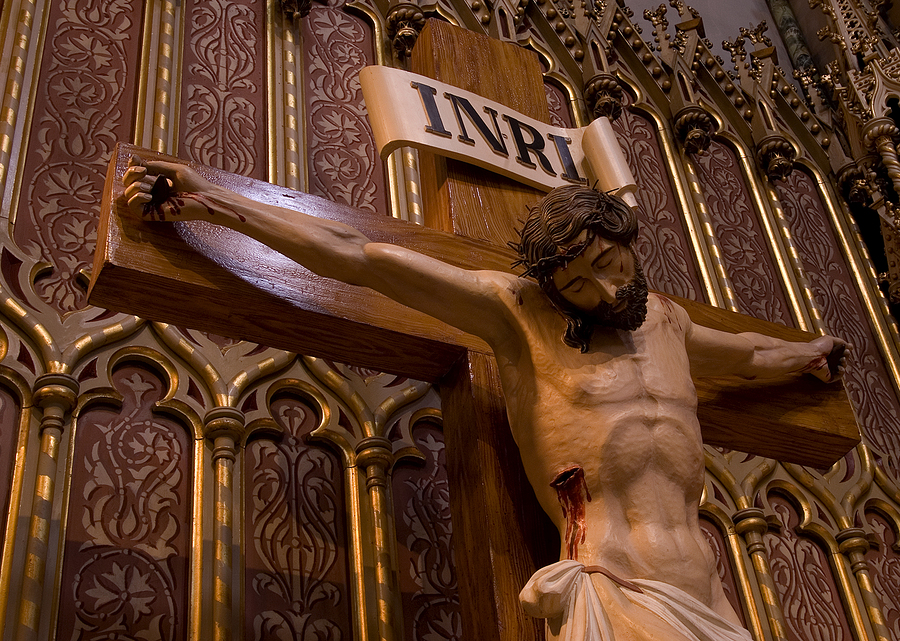
The Seven Sorrows of Mary – The Fifth Sorrow: The Crucifixion and Death of her Son, Jesus
03-21-2021Weekly ReflectionJen Arnold, M.A. in Theology and CatecheticsThis week we will reflect on the Fifth Sorrow of Mary, which is The Crucifixion and Death of Her Son, Jesus. “But standing by the cross of Jesus were his mother and his mother’s sister, Mary the wife of Clopas, and Mary Magdalene” (John 19:25).
The death of a child must be the worst suffering any parent could ever experience in any circumstance. For Mary, the pain must have been unimaginable. She not only witnessed her Son die, but she witnessed the horror of the manner of His death. She knew deeply and intimately of His perfection and innocence. She saw Him humiliated and His dignity destroyed as the soldiers stripped Him naked and cast lots for His clothing. She saw the wounds and pain from the beating He had taken earlier. She saw the crown of thrones pressing into head and she saw the sign above Him that read, “Jesus of Nazareth, the King of the Jews” (John 19:19). While Jesus was suffering in His physical body, Mary was suffering right along with Him in the deepest depths of her soul.
READ MORERenovation Update #4
03-19-2021RenovationCheck out this great update video from Steve Mandarino!
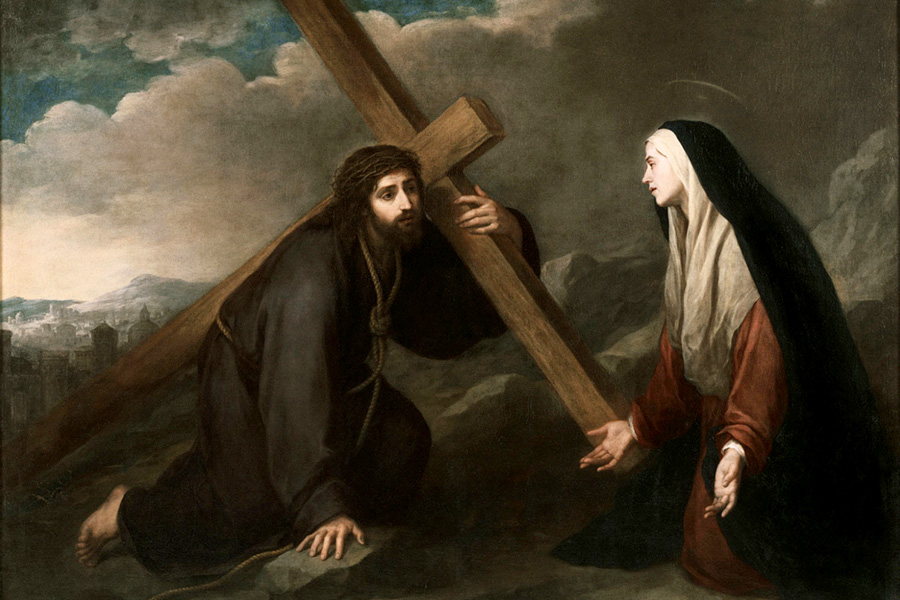
The Seven Sorrows of Mary – The Fourth Sorrow: Mary Meets Jesus on the Road to Calvary
03-14-2021Weekly ReflectionJen Arnold, M.A. in Theology and CatecheticsThis week, we start to get into the heaviest and deepest sorrows of Mary’s life, beginning with her fourth sorrow: Meeting Jesus on the Road to Calvary. Take a moment to recall Mary’s first two sorrows – the prophecy of Simeon and the flight into Egypt. Call to mind the joy she was probably experiencing at those two times, basking in the glow of being a new wife and a new mother. She was very likely experiencing strongly positive and happy feelings right before those first two blows were delivered. With her fourth sorrow, we have a similar situation, but with perhaps a bit more intensity.
READ MORE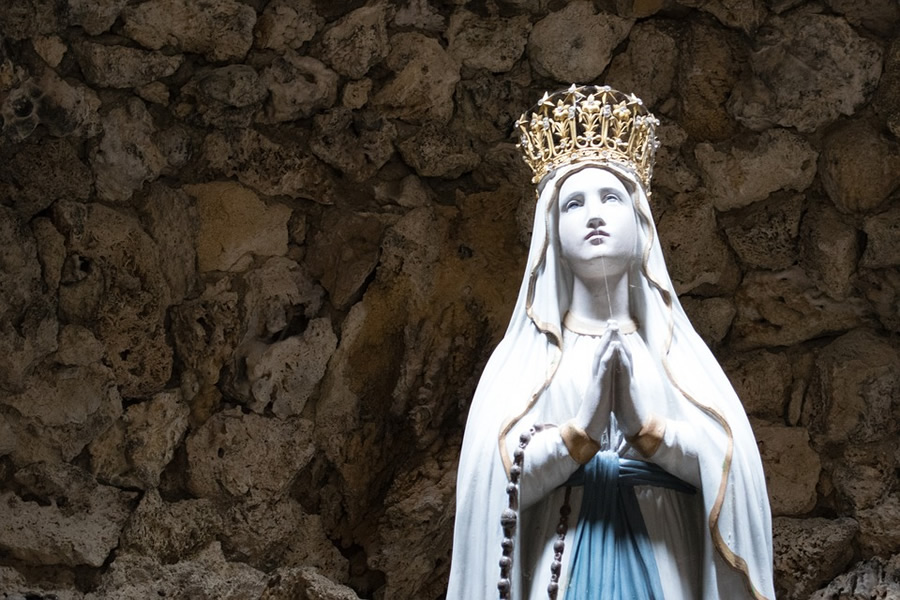
The Seven Sorrows of Mary – The Third Sorrow: The Loss of the Child Jesus in the Temple
03-07-2021Weekly ReflectionJen Arnold, M.A. in Theology and CatecheticsThe Third Sorrow of Mary is the Loss of the Child Jesus in the Temple, which we find in Luke:
...supposing him to be in the group, they went a day’s journey, but then they began to search for him among their relatives and acquaintances, and when they did not find him, they returned to Jerusalem, searching for him. After three days they found him in the temple, siƫng among the teachers, listening to them and asking them questions. (Luke 2:44-46)READ MORE
Renovation Update #3
03-04-2021RenovationNearly four years ago, we began the five-year Together Let Us Go Forth diocesan capital campaign at Corpus Christi. Thank you to our parishioners who continue to give towards this campaign! We recently received a semi-annual disbursement from the diocese for $38,000. If you are able, we ask you to please continue to fulfill your pledges for the remainder of the campaign. As you know the portion of funds that the parish receives are going toward the planned renovation of the Parish Center.
Speaking of that, we want to give a big shout out to the Knights of Columbus for a recent donation of $30,000 to go towards the Parish Center renovation fund. Thank you, Knights of Columbus! Finally, please be on the lookout for an exciting update on the Parish Center renovations! Spoiler alert: construction is planned to start in a couple months!

The Seven Sorrows of Mary – The Second Sorrow: The Flight into Egypt
02-28-2021Weekly ReflectionJen Arnold, M.A. in Theology and CatecheticsThis week we will examine the Second Sorrow of Mary, which was the Holy Family’s Flight into Egypt.
READ MORE…Behold, an angel of the Lord appeared to Joseph in a dream and said, “Rise, take the child and his mother and flee to Egypt, and remain there until I tell you, for Herod is about to search for the child to destroy him.” And he rose and took the child and his mother by night and departed to Egypt and remained there until the death of Herod (Matthew 2:13-15).

The Seven Sorrows of Mary – The First Sorrow: The Prophecy of Simeon
02-21-2021Weekly ReflectionJen Arnold, M.A. in Theology and CatecheticsThis Lent we will reflect on what are known as the Seven Sorrows of Mary. One of the traditional titles for our Blessed Mother is Our Lady of Sorrows, which affirms that there were moments throughout her life, found in Scripture, where we see that Mary experienced authentic human suffering, just as we all do. However, Mary is a woman of deep faith, which we see in her fiat as she tells the angel that she is the handmaid of the Lord and is open to His plan for her life without even knowing what it is (Luke 1:38). In this, she teaches us how to suffer better and in a way that grows our own faith rather than diminishes it. We also know that Mary is so deeply connected to Jesus that her sorrows are intimately joined to Him and His own suffering. Through this, she serves as an example of how to join our own personal suffering to Jesus’.
READ MORE
Holy Orders and Matrimony
02-14-2021Weekly ReflectionJen Arnold, M.A. in Theology and CatecheticsIn this last installment of this series, we will look at the final two sacraments, which are Holy Orders and Matrimony. The Catechism refers to these two as the Sacraments at the Service of Communion. They are vocational sacraments, which are ordered not only to the salvation of the one receiving the sacrament, but are also ordered toward the salvation of others, building up the Kingdom of God (CCC #1533-1534). It is by the grace of your vocational sacrament that you are able to evangelize others with Jesus’ message, be a witness of authentic Christian love, and offer your suffering for those whom you serve within your vocation.
READ MORE
Anointing of the Sick
02-07-2021Weekly ReflectionJen Arnold, M.A. in Theology and CatecheticsThis week we will continue our examination of the sacraments with the second sacrament of healing, called Anointing of the Sick. Illness, and the suffering that comes with it, is a condition that came to humanity through Original Sin. When creating Adam and Eve, God endowed them with particular preternatural gifts, one of which was that they were never intended to suffer bodily corruption of any sort. However, with the Fall came the loss of these gifts. We were thereby subject to bodily corruption, which includes illness and eventual death. I do not have to explain that illness and suffering are tremendous problems that we deal with in our human condition, forcing us to look at our own mortality. Sometimes these realities can lead us to “anguish, self-absorption, sometimes even despair and revolt against God. It can also make a person more mature, helping him discern in his life what is not essential so that he can turn toward that which is” (CCC #1501). To the end of helping us use our suffering from illness to turn toward God, rather than away, Jesus gave us this particular sacrament to offer the divine grace we need for perseverance and healing, whether physical or spiritual (CCC #1500-1501).
READ MORE